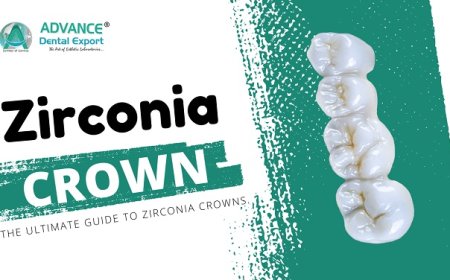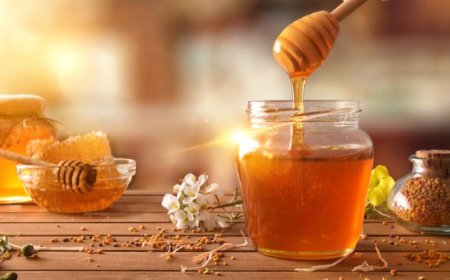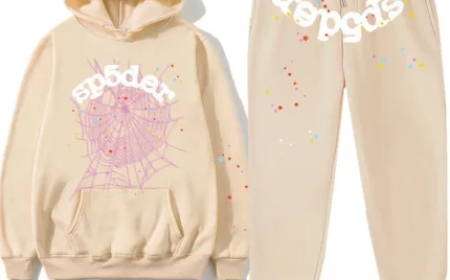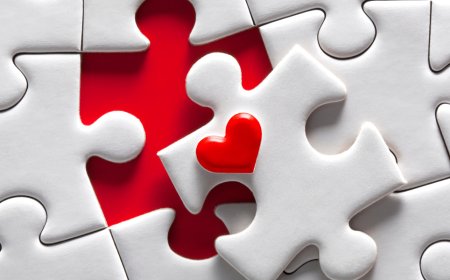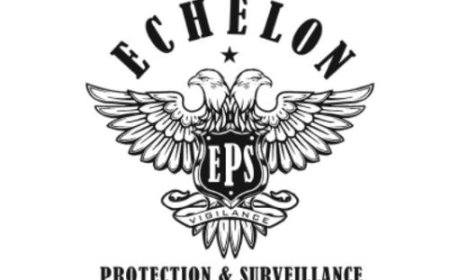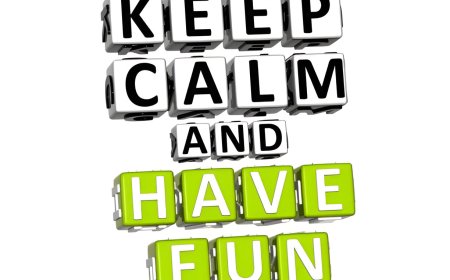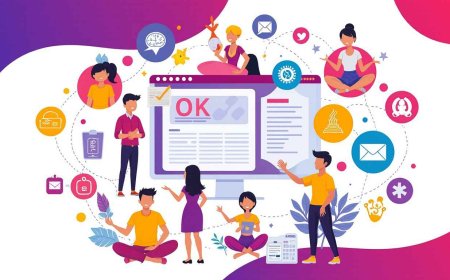Messy Hands, Bright Minds: Why Art Belongs in Every Nursery
Creative Expression Through Play

From squishing paint between tiny fingers to building towers of recycled cardboard, creative exploration is at the heart of early childhood development. For young children, art is not simply a pastimeits a powerful, essential learning experience.
In nursery classrooms, the freedom to make a mess, experiment, and create can unlock skills and confidence that last a lifetime.
In an age where academic targets often creep into early years, its worth remembering that art belongs in every nursery. Heres why.
Creativity is Critical for Development
Engaging in open-ended art activities builds far more than artistic skills. When children draw, paint, collage, or sculpt, they:
-
Strengthen fine motor control and hand-eye coordination
-
Develop spatial awareness and planning skills
-
Learn to express emotions and tell stories visually
-
Practice problem-solving and experimentation
These experiences lay essential foundations for reading, writing, and mathematics later on. In fact, many educators in independent school nursery settings recognise that creativity nurtures not only cognitive development but also emotional resilience.
A Safe Space to Take Risks
In the nursery environment, art offers a unique opportunity to try, fail, and try againwithout fear of getting it wrong. Whether a child is mixing colors or designing a collage, there are no fixed answers. This freedom encourages curiosity and the ability to persevere in the face of challenges.
When adults value process over product, children learn that effort matters more than perfection. This mindset helps them approach new tasks with enthusiasm and confidence.
Language and Communication Flourish
Messy art activities provide wonderful opportunities for children to practice language. Describing textures, explaining their ideas, or chatting about their work with peers builds vocabulary and expressive skills.
Teachers can scaffold this growth by asking open-ended questions like:
-
Tell me about what youre making.
-
How did you decide to use that material?
-
What will you try next?
These conversations dont just support literacythey also help children feel valued and understood.
Celebrating Individuality
No two pieces of childrens art look the same. Thats precisely why art is so important. Each creation is a window into a childs unique perspective and imagination.
Nurseries that proudly display childrens work communicate a powerful message: You belong here, and your ideas matter. This sense of belonging can be especially impactful for children preparing to move on to bigger learning communities, like primary schools in romford, where feeling confident in their abilities sets the stage for future success.
Connecting Art to the Wider World
Art also helps children make sense of their surroundings. From exploring seasonal changes with natural materials to responding to stories through craft, creative experiences link learning to real life. When children are encouraged to explore cultural traditions, celebrations, and community events through art, they gain a deeper understanding of their place in the world.
Practical Ways to Make Art a Priority
For nurseries looking to embed creativity in their daily practice, consider these strategies:
-
Offer a variety of materialspaints, clay, fabrics, and natural items.
-
Create a dedicated space for messy play where children can return to unfinished projects.
-
Value the process by displaying works-in-progress, not just finished pieces.
-
Invite artists, storytellers, and family members to share their own creative practices.
-
Allow children time each day for unstructured exploration and self-directed making.
A Legacy of Confidence and Joy
When nurseries champion art as an everyday essential, they send a clear message: creativity matters. Those early experiencessticky fingers, bright colours, bold ideasnurture lifelong learners who are ready to explore, solve problems, and express themselves with confidence.
So let the paint spill and the glitter fly. Messy hands truly do make the brightest minds.






